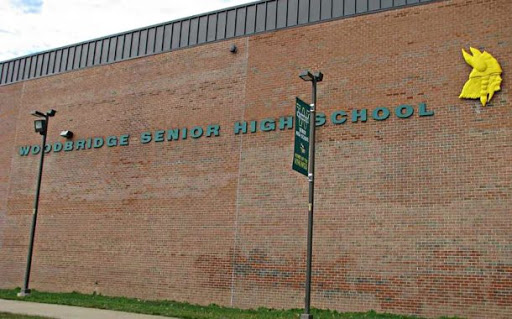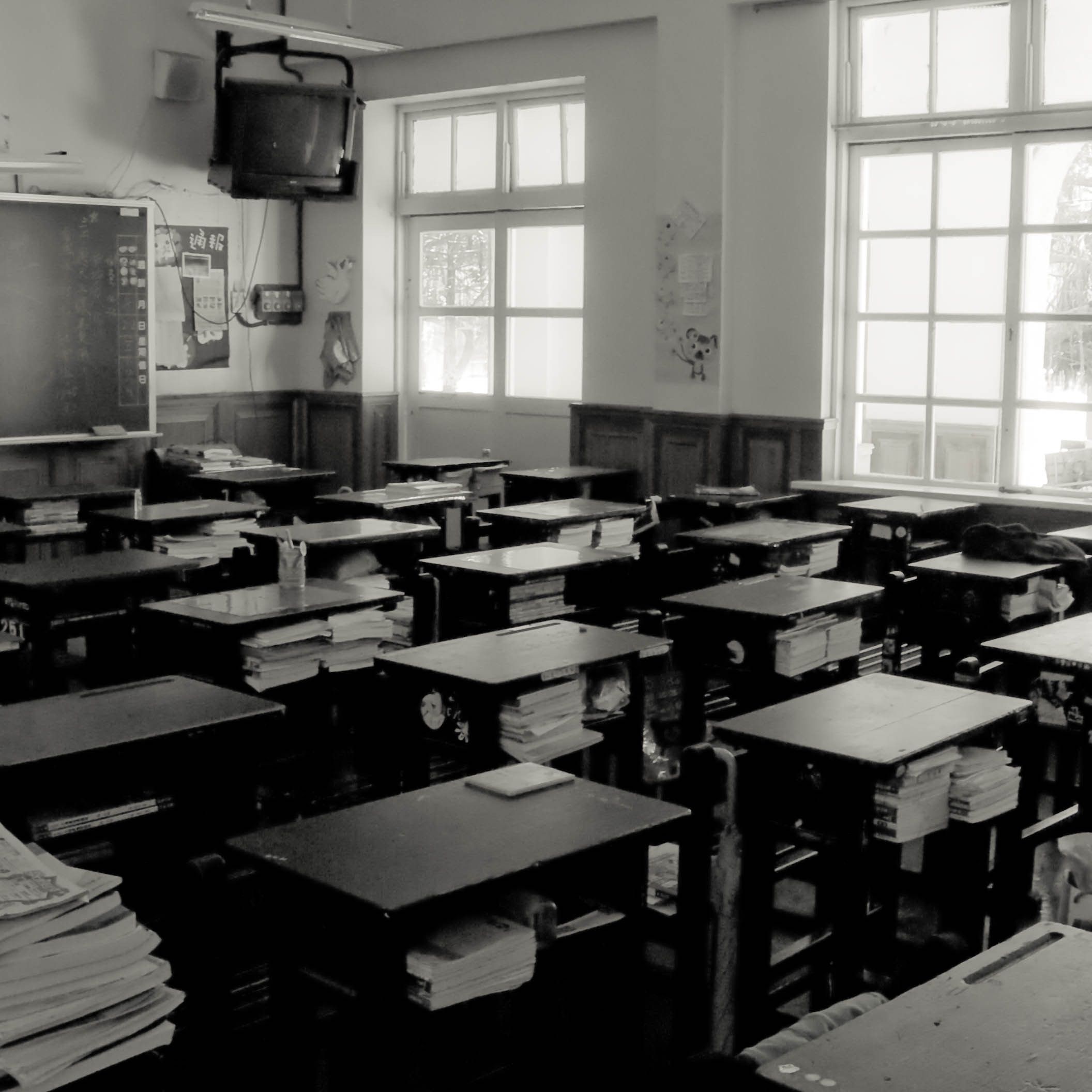Despite post-pandemic efforts, Virginia student test scores remain mostly flat
by Virginia Mercury
Virginia students’ 2022-23 pass rates on the state’s Standards of Learning tests were relatively unchanged compared to the past school year’s rates and remain below pre-pandemic levels, data released by the Department of Education Thursday show.
The results show “significant and persistent learning loss in reading and math for Virginia students in grades 3-8,” the department said in a statement. “More than half of 3rd-8th graders either failed or are at risk of failing their reading SOL exam, and nearly two-thirds of 3rd-8th graders either failed, or are at risk of failing, their math SOL exam.”
At a press conference in Richmond Thursday, Gov. Glenn Youngkin directed local school districts to begin setting up “high-intensity” tutoring programs by Oct. 16 and urged them to find “creative approaches” to address learning loss in reading and math by connecting with retired teachers and college students and tapping into tutoring resources.
“In a moment where we are talking about our students’ future, we’re asking a lot of our teachers and so I want to say thank you ahead of time,” Youngkin said. “We’re asking an extraordinary amount out of our administrators, we’re asking an extraordinary amount out of all of those that support all of the functionality in schools.”
The Standards of Learning tests are used in Virginia to measure student learning and achievement in mathematics, reading, science, writing, and history and social science. Testing was suspended during 2020-21, when many schools around the state had stopped in-person instruction in response to the COVID-19 pandemic.
Following the pandemic, Virginia students showed sharp declines in their performance on the SOLs. While pass rates have improved in many subjects over the past three years, Thursday’s data show they are still lagging pre-pandemic achievement.
In 2022-23, roughly 69% of Virginia students passed the mathematics test compared to 82% before the pandemic. On reading tests, 73% of students overall passed compared to 78% before the pandemic. Writing rates continued to fall, dropping by 4% for a second straight year.
Chronic absenteeism also continues to be a problem, the Youngkin administration said. Last school year, the number of chronically absent students doubled compared to 2018-19 numbers, according to the Department of Education.
VDOE calculates that students in grades 3 through 8 who missed 18 days of school last year scored 18% lower than students with regular attendance on reading tests and 25% lower on math tests.
“It is very important for us all to talk about how students need to come to school,” said Superintendent of Public Instruction Lisa Coons. “During COVID, it was okay to keep students home — they learned on a laptop [and] they learned at home. We sent the message that it was okay to be at home and now they’re trained to learn from home. We have to change that mindset and we have to change that culture as a community and expect our children to come to school.”
Secretary of Education Aimee Guidera said students “have fallen off track and they are struggling.”
“They’re struggling developmentally, they’re struggling emotionally and they’re struggling academically,” she continued. “It is challenging for them to catch up and master content and skills that they’ve never had the chance to learn. And it is now harder than ever for them to build upon an academic foundation, which they’ve never had a chance to develop.”
The Youngkin administration has consistently blamed learning losses in Virginia on extended school closures by divisions during the COVID-19 pandemic and decisions by prior Boards of Education to lower cut scores on student assessments and change the state’s standards of school accreditation, moves many Democrats and prior board members have defended.
Like many other states, Virginia is also facing teacher shortages: Last school year, the state’s teacher vacancy rate grew by 0.8% to 3.9%, with the most significant vacancy rates in the Tidewater and Eastern Shore region, at 6.2%, followed by the Northern Neck and Middle Peninsula at 4.7%. Those shortages have led the state to lean heavily on provisionally licensed educators and partner with a for-profit online teacher credentialing company in an effort to fast-track teachers into the classroom.
Funding has also been an issue. A recent study by the state’s legislative watchdog concluded that Virginia allocates “far less than needed” to fund its school divisions, which receive less funding per student than divisions in other states.
Both the General Assembly and the administration have proposed a range of solutions to address learning losses.
Amendments to the two-year budget the legislature passed Wednesday include raises for teachers and an additional $418 million in “flexible” direct aid to schools for uses such as addressing learning loss. Youngkin still must sign the budget for the amendments to take effect, but the VDOE has recommended that divisions allocate 70% of the flexible funding they receive to “high-dose tutoring.”
Youngkin this spring launched a new learning recovery grant program to cover extra educational expenses for students and a web tool to provide comprehensive data on student learning for parents and teachers. This Thursday, his administration unveiled a new plan called “ALL IN VA” intended to help losses by focusing on attendance, literacy and tutoring.
The plan includes addressing attendance issues by creating a task force made up of experts and community members to develop recommendations for school divisions, accelerating the expansion of the Virginia Literacy Act through grade 8 and investing in a statewide tutoring initiative for students.
“There are a number of teachers out there that are not in classrooms today that have a license to teach in our commonwealth, and while that’s not required of this tutoring program, those people are sitting on the bench,” said Board of Education President Grace Creasy. “We would certainly encourage them and embrace them in helping our communities to get back to where we need to be for the kids of the commonwealth.”
School accreditation ratings will be released by the Department of Education next month. An accredited school is one that meets the state’s educational standards.
(Virginia Mercury is part of States Newsroom, a network of news bureaus supported by grants and a coalition of donors as a 501c(3) public charity. Virginia Mercury maintains editorial independence. Contact Editor Sarah Vogelsong for questions: info@virginiamercury.com. Follow Virginia Mercury on Facebook and Twitter.)



